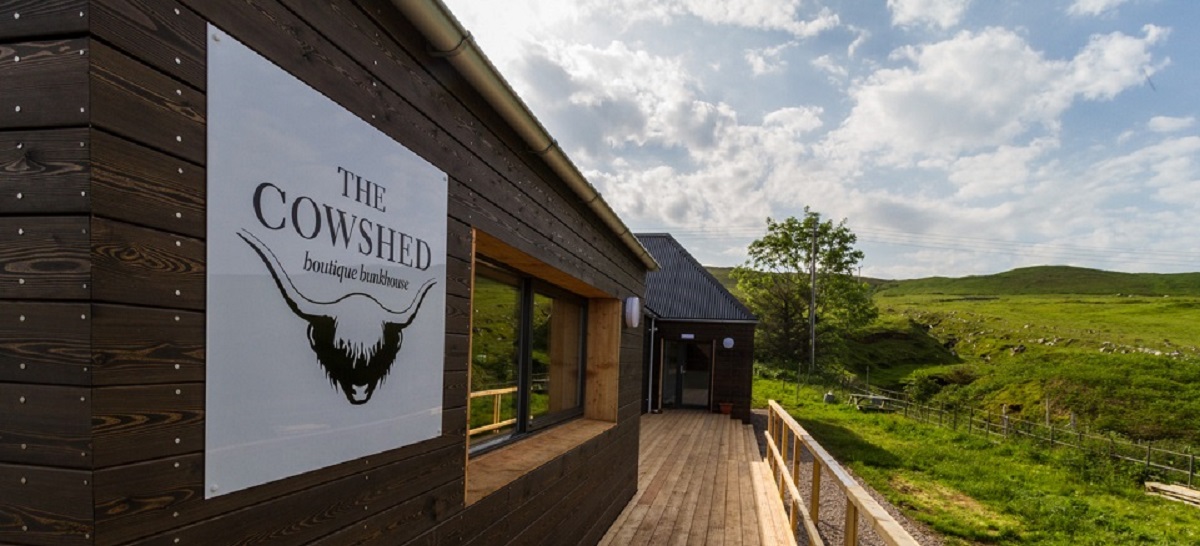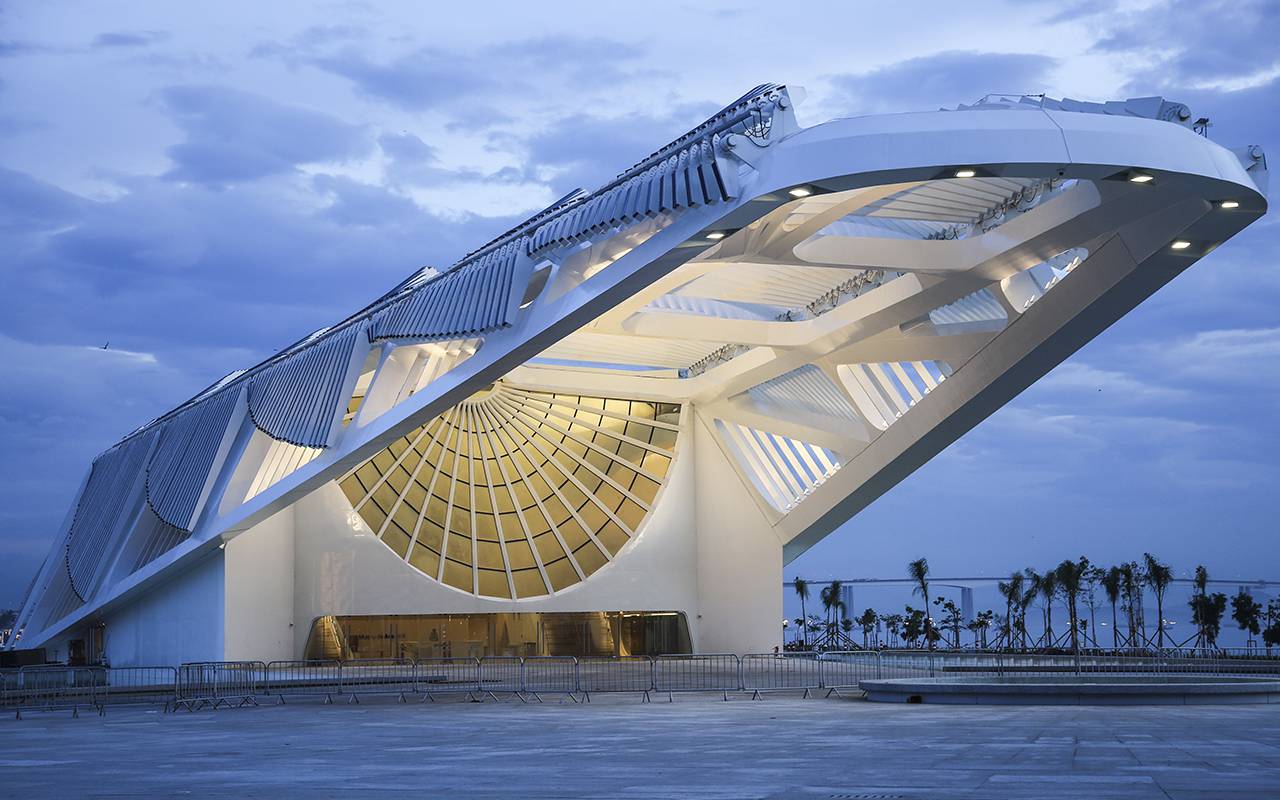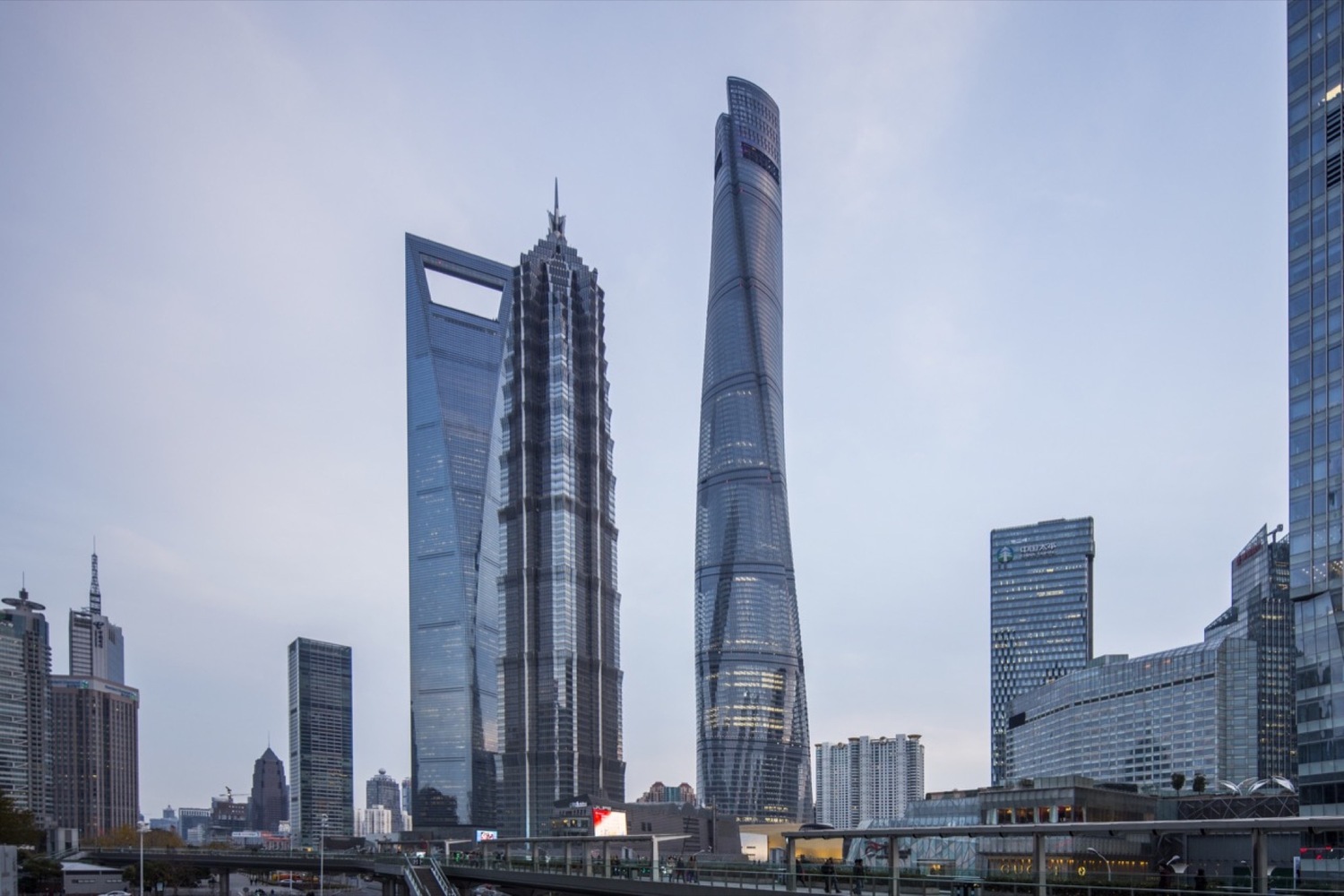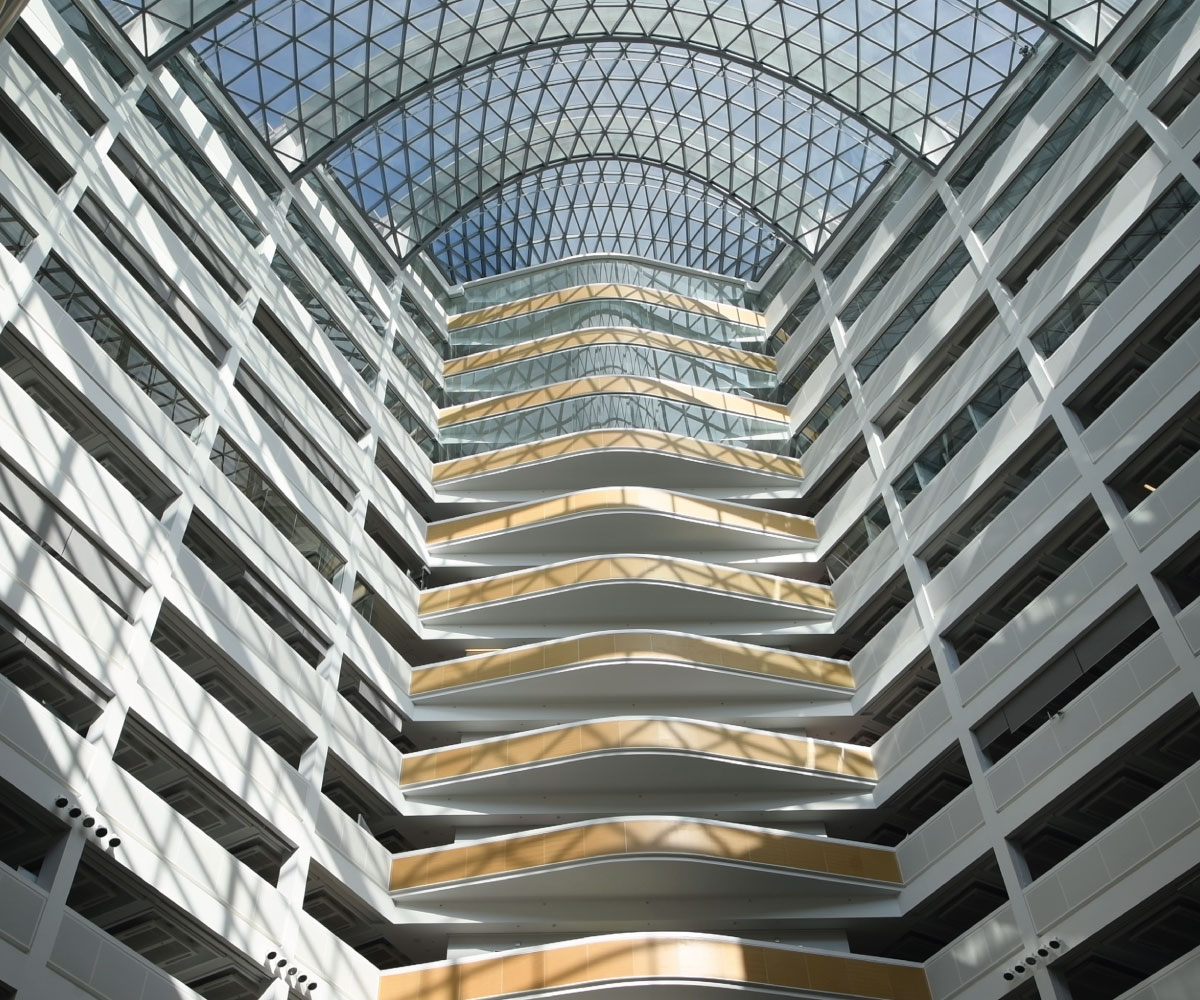The Rise of Sustainable Architecture: Why It Matters
Architecture plays a pivotal role in the connection between human progress and the environment. It shapes the spaces we inhabit that leaves an indelible mark on the world around us. Now, a profound shift towards sustainability is reshaping the architectural landscape.
In this blog, we delve into the significance of sustainable architectural practices in today's dynamic world.
With a clear focus on harmony between human needs and ecological well-being, sustainable architecture isn't just a trend; it's a conscious commitment to a more balanced, resilient future.
Let’s explore the myriad reasons why this movement matters, exploring how it empowers communities, nurtures the environment, and shapes a legacy for generations to come.
The evolution of sustainable architecture
From humble beginnings to the cutting-edge designs of today, the evolution of sustainable architecture is a testament to our growing awareness of the need for harmony between human habitation and the planet.
The dawn of conscious design
In the early stages of architectural history, sustainability wasn't a prominent consideration. Structures were primarily built for function and aesthetics, often without much thought to their environmental impact.
However, even in these ancient stages, certain indigenous cultures exhibited sustainable practices by harmonising with nature and using locally sourced materials.
The emergence of modern sustainability movements
The 20th century saw the emergence of environmental consciousness, leading to pivotal shifts in architectural thinking. Visionaries like Frank Lloyd Wright championed organic architecture, emphasising a seamless integration with the natural environment.
Similarly, the Bauhaus movement explored principles of efficiency and functionality, inadvertently laying the groundwork for sustainable design.
Energy crisis sparks innovation
The energy crisis of the 1970s acted as a catalyst for significant changes in architectural philosophy.
Architects began to focus on energy efficiency and started incorporating passive solar design, using the natural elements to regulate temperature and lighting within buildings.
The green building revolution
The late 20th century and early 21st century witnessed a surge in eco and modern construction movements. Certification systems became benchmarks for sustainable building practices.
Architects began to integrate advanced technologies, high-performance insulation, and renewable energy sources to revolutionise the way structures interacted with the environment.
Adaptive reuse and regenerative design
In recent years, a paradigm shift has occurred towards adaptive reuse and regenerative design. Architects now seek to repurpose existing structures, reducing waste and preserving cultural heritage.
Regenerative design goes a step further to improve ecosystems through the built environment. This marks a return to the principle of harmonising with nature that was prevalent in early architectural practices.
Contemporary challenges and future prospects
As we move forward to the future, sustainable architecture faces new challenges and exciting opportunities.
With rapid urbanisation and increased demand for energy, architects are exploring cutting-edge technologies. The integration of AI and data-driven design promises to further optimise resource use and environmental impact.

The Cowshed Bunkhouse, a project by Dualchas
Why sustainable architecture is more relevant than ever
As environmental crisis becomes critical every day, the imperative for sustainable architecture has never been more pressing.
As we confront escalating challenges such as climate change, resource depletion, and habitat loss, sustainable architecture stands as a platform for change.
A response to environmental urgency
Sustainable architecture serves as a potent response to the urgent need for environmental protection. It acknowledges that the way we design and construct buildings has a direct impact on the health of our planet.
By integrating eco-conscious practices, we aim to mitigate the environmental toll of the built environment, from reducing carbon emissions to minimising waste.
Conservation of precious resources
With finite resources at our disposal, conserving our resources is an urgent action. Sustainable architecture champions efficient use of materials, opting for renewable and recycled resources whenever possible.
This not only minimises extraction pressures but also curtails the energy-intensive processes associated with conventional construction.
Mitigating climate change
Buildings are significant contributors to greenhouse gas emissions, from construction to operation.
Sustainable architecture addresses this by prioritising green designs, utilising renewable energy sources, and implementing technologies that reduce carbon footprints.
These measures play a vital role in the collective effort to combat climate change.
Fostering a holistic approach
Sustainable architecture transcends individual buildings; it encompasses entire communities and cities.
It advocates for integrated urban planning, encouraging walkability, green spaces, and public transportation.
This holistic approach seeks to create environments that nurture both human well-being and ecological vitality.
The environmental and economic benefits of green design
In an era dedicated in safeguarding our planet's future, green design emerges as a beacon of hope and practical action. It represents a significant shift in how we conceive, construct, and inhabit our built environment.
Beyond its ecological significance, green design promotes wealth of tangible benefits, both for the environment and the economy. Let's discover the profound advantages it offers:
Environmental Benefits
Conservation and Restoration of Natural Resources
Eco-friendly buildings emphasise the mindful use of resources. It encourages the use of sustainable, locally sourced materials, reducing the strain on global supply chains.
Furthermore, it conserves water through strategies like rainwater harvesting and efficient irrigation systems.
Reduction in Energy Consumption and Waste
By integrating energy-efficient technologies and practices, green design significantly reduces a building's energy demand. This results to lower greenhouse gas emissions, easing the burden on our planet's delicate environment.
Simultaneously, it minimises waste generation, promoting a more circular, sustainable approach to construction and habitation.
Protection of Ecosystems and Environmental Biodiversity
Green design harmonises with natural environment rather than damaging them. It seeks to preserve existing ecosystems and restore damaged ones, when necessary.
This movement towards biodiversity conservation not only benefits local flora and fauna but also protects the services they provide to human communities.
Economic Benefits
Improvement in Productivity of Human Performance
The indoor environment has a profound impact on human well-being and productivity. Eco-friendly buildings prioritise factors like natural lighting, optimal air quality, and ergonomic design.
These elements create healthier, more comfortable spaces that foster heightened productivity, creativity, and overall well-being among occupants.
Increased Asset & Property Values
Green buildings enjoy higher market value and tend to appreciate more rapidly than their conventional counterparts. Their demand is continuously increasing which reflects the growing recognition of their long-term benefits.
Additionally, they often garner incentives and subsidies, further enhancing their economic appeal.
Real-world examples of sustainable architectural wonders
The global movement towards sustainable architecture has birthed a new era of design ingenuity.
Architects and engineers are pushing boundaries to create structures that not only stand as marvels of engineering but also exemplify a commitment to environmental conservation.
Here are some real-world examples of sustainable architectural wonders that inspire and exemplify the power of green design:
One Central Park: Sydney, Australia
One Central Park is a testament to the fusion of urban living with nature. Its striking vertical gardens, featuring 250 species of Australian plants and flowers, not only provide a visually stunning facade but also contribute to the building's microclimate.
These gardens act as natural air filters, reducing the need for mechanical ventilation and enhancing air quality. The building's tri-generation plant generates power, heating, and cooling, significantly reducing its energy footprint.
CopyrightsMurrayFredericks.jpg)
Photo from: www.archdaily.com
Museum of Tomorrow: Rio de Janeiro, Brazil
As the name suggests, the Museum of Tomorrow in Rio de Janeiro embodies a vision of the future rooted in sustainability. The structure features a responsive skin that adapts to changing weather conditions, optimising energy use.
Solar panels harness Brazil's abundant sunlight to generate a significant portion of the museum's energy needs. Additionally, a rainwater harvesting system and a highly efficient HVAC system contribute to the museum's sustainability credentials.

Photo from: www.museudoamanha.org.br
Shanghai Tower: Shanghai, China
The Shanghai Tower stands as an icon of sustainable modern construction. Its twisting, spiral form goes beyond the aesthetics; it serves a crucial function to reduce wind loads and, consequently, the amount of building material required.
The double-skin facade provides insulation helps reduce the need for heating and cooling. Wind turbines located near the top of the tower harness wind energy, further enhancing its sustainability.

Photo from: www.archdaily.com
CopenHill: Copenhagen, Denmark
CopenHill is a groundbreaking example of repurposing urban infrastructure for sustainable purposes. Initially a waste-to-energy power plant, it has been transformed into a sports facility.
The plant now boasts a rooftop ski slope, hiking trails, and recreational spaces. CopenHill's facade is adorned with planters, providing a green aesthetic while also supporting local biodiversity.

Photo from: www.archdaily.com
One Angel Square: Manchester, United Kingdom
One Angel Square, the headquarters of the Co-operative Group in Manchester, exhibits its commitment to sustainability within an urban context.
The building incorporates a range of energy-efficient features, including a combined heat and power plant, rainwater harvesting, and natural ventilation systems.
Its distinctive aerodynamic shape minimises wind resistance and heat loss. The extensive use of natural light reduces the need for artificial lighting.

Photo from: www.1angelsquare.co.uk
Embracing Sustainable Architecture: Pioneering a Greener Future with Dualchas
In conclusion, architecture holds the power to shape our world and leave an indelible mark on the spaces we inhabit. Today, a transformative wave of sustainability is sweeping through the architectural landscape, redefining how we build for the future.
Sustainable architecture is a beacon of hope, conserving precious resources, mitigating climate change, and fostering a holistic approach that transcends individual structures to encompass entire communities and cities.
At Dualchas, we're passionate about the transformative potential of sustainable architecture. We are committed in crafting spaces that not only inspire awe but also contribute to our collective pursuit of a sustainable future.
Reach out to us today or browse through our projects if you're ready to embark on a journey towards a more sustainable tomorrow.
Together, let's build a legacy that honours our planet and leaves a positive mark for generations to come.
